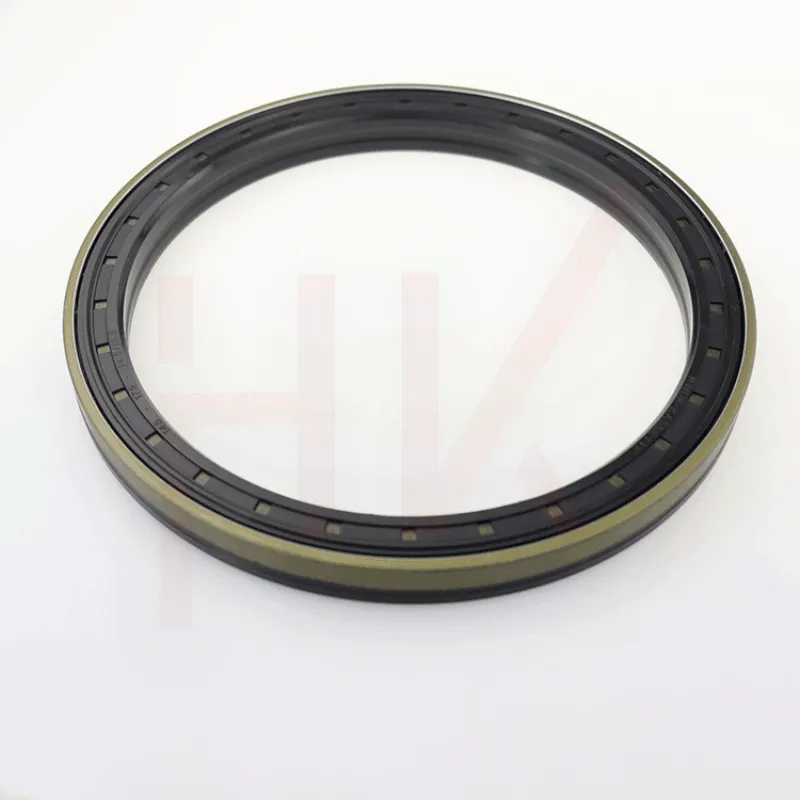Dec . 17, 2024 12:32 Back to list
Guide to Replacing Hydraulic Seals for Optimal Performance and Longevity
Hydraulic Seal Replacement A Comprehensive Guide
Hydraulic systems are integral to many industrial applications, providing the necessary power to operate machinery and equipment. To maintain optimal performance and reliability, regular maintenance is essential, particularly when it comes to hydraulic seals. Over time, seals can wear out, leading to leaks and reduced efficiency. This article will delve into the importance of hydraulic seal replacement, the signs indicating when replacement is necessary, and a step-by-step guide on how to perform the replacement effectively.
Importance of Hydraulic Seals
Hydraulic seals play a crucial role in maintaining the integrity of hydraulic systems. They prevent fluid leakage, which not only protects the environment but also ensures that the system operates at peak efficiency. Seals also help maintain pressure within the system, allowing for smooth operation of hydraulic cylinders, pumps, and motors. Therefore, any degradation or failure of seals can result in significant operational issues, including decreased performance, increased wear on components, and even catastrophic system failures.
Signs of Seal Wear
Regular inspection of hydraulic systems is vital for early detection of seal wear. Here are some common indicators that seals may need to be replaced
1. Fluid Leaks This is the most obvious sign of seal failure. If you notice fluid pooling around hydraulic components, it is a clear indication that the seals are compromised. 2. Reduced Performance If your hydraulic system is not operating as smoothly or as efficiently as it once did, it may be due to worn seals affecting the pressure within the system.
3. Unusual Noises Grinding, hissing, or other unusual sounds from hydraulic components may suggest that seals are not functioning properly.
4. Visible Damage Inspecting seals may reveal cracks, tears, or other signs of wear. If you notice visible damage, it is time to consider a replacement.
5. Increased Operating Temperatures If the system is running hotter than usual, it could be a sign of insufficient sealing leading to hydraulic fluid leakage, which can cause overheating.
Step-by-Step Guide to Hydraulic Seal Replacement
hydraulic seal replacement

Replacing hydraulic seals can be a straightforward process if proper procedures are followed. Here is a detailed guide for performing the replacement
1. Gather Necessary Tools and Materials Before starting, collect all tools you’ll need. This includes - Safety gear (gloves, goggles) - Wrenches and screwdrivers - Seal pullers - Cleaning materials - New hydraulic seals
2. Safety First Ensure the hydraulic system is de-pressurized before starting any work. Disconnect any power sources and safely relieve pressure by following the manufacturer's recommended procedures.
3. Disassemble the Hydraulic Component Carefully disassemble the component housing the affected seal, taking care to remember the order of disassembly for when you reassemble it.
4. Remove Old Seals Use a seal puller to gently remove the old seals. Be cautious not to damage the housing or other components during this process.
5. Clean the Area Thoroughly clean the groove where the seals were located. Removing debris and old fluid residues is important to ensure a proper fit for the new seals.
6. Install New Seals Insert the new seals into the appropriate grooves, ensuring they are seated evenly around the circumference. A seal installation tool can help in this step to avoid damaging the new seals.
7. Reassemble the Component Once the new seals are in place, gradually reassemble the hydraulic component. Ensure all bolts are tightened to the manufacturer’s specifications.
8. Test the System After reassembly, reconnect power and re-pressurize the system. Monitor for any signs of leakage or performance issues for a short period to verify the success of the seal replacement.
Conclusion
Hydraulic seal replacement is a critical maintenance task that, if performed correctly, can extend the life of hydraulic systems and enhance their performance. By being vigilant about the signs of wear and following the proper replacement procedures, operators can ensure their hydraulic systems remain reliable and efficient. Regular maintenance is not just about fixing problems as they arise; it is a proactive approach to maintaining the integrity of hydraulic systems and avoiding costly repairs in the future.
-
TCN Oil Seal Metal Ring Reinforcement for Heavy Machinery
NewsJul.25,2025
-
Rotary Lip Seal Spring-Loaded Design for High-Speed Applications
NewsJul.25,2025
-
Hydraulic Cylinder Seals Polyurethane Material for High-Impact Jobs
NewsJul.25,2025
-
High Pressure Oil Seal Polyurethane Coating Wear Resistance
NewsJul.25,2025
-
Dust Proof Seal Double Lip Design for Construction Equipment
NewsJul.25,2025
-
Hub Seal Polyurethane Wear Resistance in Agricultural Vehicles
NewsJul.25,2025
-
The Trans-formative Journey of Wheel Hub Oil Seals
NewsJun.06,2025
Products categories
















